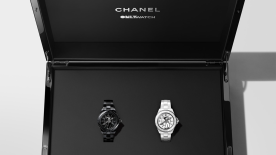In medias res is a literary term used to describe narratives that start by putting the reader right in the middle of the action, without any lead-up or prior explanation of the events that came before.
Last year, Omega’s announcement that they were relaunching their historical cal. 321 was, narratively speaking, a story told in medias res. For recently minted Omega aficionados — of which there are a significant number — the news was plenty compelling as it stood. A historic Omega movement, discontinued for half a century, that had its swan song on the wrist of Buzz Aldrin when he set foot on the lunar surface in 1969, was being brought back into production to commemorate the demi-centenary of the moon landing.
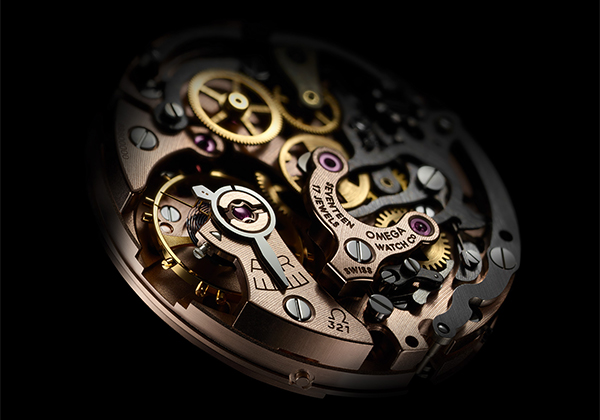
For long-time members of the Omega enthusiast community, the true weight of the cal. 321 revival announcement lay in the years (even decades) of anticipating the return of this milestone movement. When the news broke in January 2019, this long-harboured anticipation turned to laudatory excitement of a near-messianic scale.
The cal. 321, first produced in 1946, was Omega’s internal appellation for a variant of the famed Lemania cal. 2310, a rare example of a movement that is both utilitarian and beautiful. To date, it is the only mechanical watch movement to have been on the moon. Its successor, the Omega cal. 861, powered watches that equipped various NASA space missions, but never went to the moon.
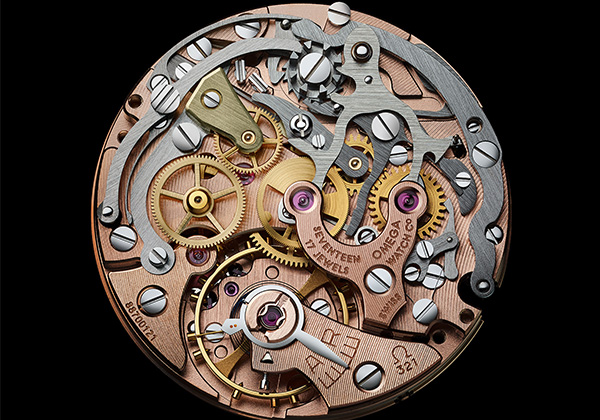
Omega took two years to faithfully recreate the cal. 321, using production schematics from sister-brand Breguet (who had acquired and integrated the Lemania facilities in 1992). On top of this, Omega possessed an ongoing familiarity with the cal. 321, being equipped with large quantities of relevant spare parts used in the service and maintenance of older watches sent in by owners of vintage Omega pieces. The final detail that allowed Omega to confidently recreate the exact version of the cal. 321 that went to the moon was the personal timepiece of Eugene Cernan, the last man to walk on the lunar surface. Cernan’s watch was scanned at great cost to create a fully 3D digital copy of the movement, to which the new project was fastidiously compared and adjusted.
The end result was housed in the Omega Speedmaster Professional Moonwatch Caliber 321 Platinum, released in the summer of 2019. This year, the cal. 321 comes in a stainless steel Speedmaster, recalling the specific model worn by astronaut Ed White on his spacewalk in 1965.
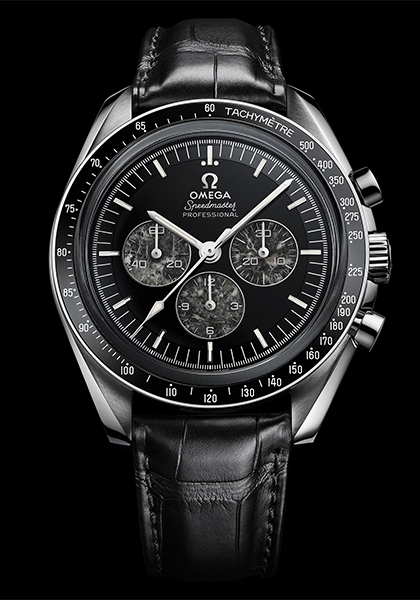
In faithful homage to this historic watch, the Speedmaster Moonwatch 321 Stainless Steel “Ed White” has straight, unbevelled lugs, no crown and pusher guards, the dot-over-90 bezel loved by collectors, and a multi-level dial. Aesthetically, it is a near-duplicate of the watch from which it takes inspiration. Modern-day materials make a welcome appearance, however, such as in the ceramic bezel and sapphire dial crystal.
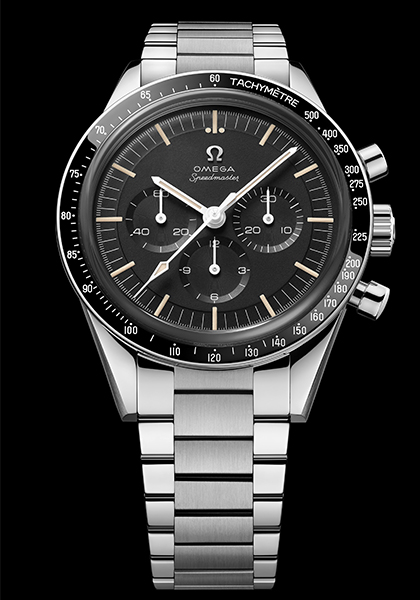
This is one of the rare timepieces from Omega that doesn’t utilise the brand’s proprietary Co-Axial escapement. The reasons for this are entirely philosophical — as practical and innovative as this escapement is, implementing it would detract from the cal. 321’s commemoration of a particular time in history, not to mention the additional movement re-engineering required that might alter the cal. 321’s signature beauty.
The Omega Speedmaster Moonwatch 321 Stainless Steel “Ed White” is not a limited edition, which will delight collectors and moon-landing enthusiasts everywhere, but its highly stringent production (assembly, testing and adjustment is conducted by one single watchmaker) is unlikely to result in high volumes. Like a story that can captivate the entire world, the cal. 321 will remain a rarity.
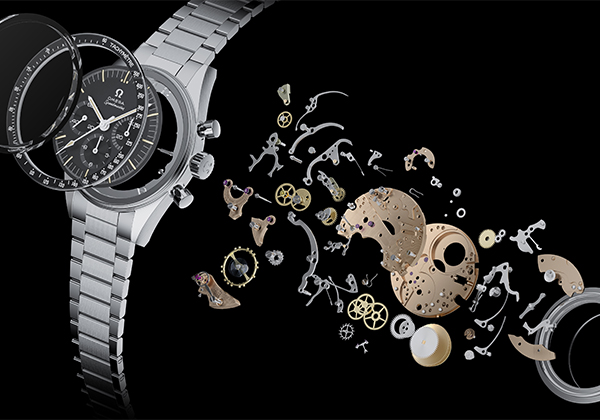
Coming up next: TOUCHDOWN IN 3-2-1, or, how Omega brought the cal. 321 home.





